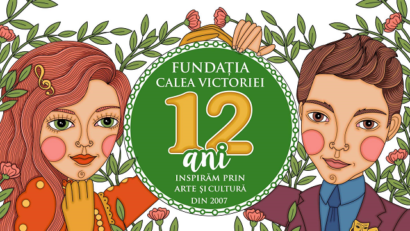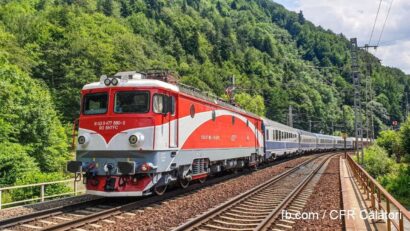A Tale of Falconry
Falconry in Romania

România Internațional, 27.12.2015, 13:43
Falconry originated in the Asian steppes, rich in game. It then reached Europe brought over by Huns, Mongols, Tatars, as well as by Crusaders, and became very popular. In the Romanian Principalities, this type of hunting became popular quite late, and lasted only until the middle of the 19th century. When speaking about falconry in the history of the Romanian territories, we have to draw a clear line of distinction between hunting with falcons and catching and training them for paying tribute towards the Ottoman Porte.
Dorin Carabet, a biologist with the ‘Peregrinus Association, the falconers association in Romania, told us the story of falconry around these parts:
“We have a documented tradition of 700 years. In 2010, UNESCO declared falconry a part of the spiritual heritage of humanity. This means international recognition for this occupation, one that attracts people and brings them together. It is the basis of very strong friendships, and it brings people back to nature. With the help of the bird of prey you feel part of nature, and you are no longer a spectator. It is a way of understanding nature, animals, their importance, the fact that every animal has its own place and we shouldnt look at them as useful or harmful to people. Nature is a whole, and it should be left like that. You cannot love birds of prey and falconry, which is a form of hunting, if you dont wish to protect them in nature, and to conserve their habitat. So on the one hand our business is saving and returning to nature birds of prey, we have various educational activities with young people, in schools, kindergartens, we take part in medieval festivals. At the same time we promote falconry. We keep in touch closely with falconers in many countries, we take part in festivals abroad, and we would like falconry to be regulated legally in Romania.
We asked Dorin Carabet, head of the Falconry Association, who todays falconers are:
“Falconers are people passionate about birds of prey and nature. With the help of the Internet, we got to know each other and to build this association. We have an agenda for next year, but it is not finalized. We have a congress in March, that would be in its eighth edition. Every year since we set up the Peregrinus association in 2009 we have a meeting like that. We have many activities we take part in, when we are invited: this year we went to the Szekler area, to medieval castles, to Hunedoara, where we took part in educational activities. We also go to biology classes in schools, where we go with up to three birds of prey, and we explain what their role is in nature, maybe go to the schoolyard and have a flight demonstration, so the children can see how the birds move in flight. The children can call the birds themselves, which is fantastic for them. You can read it on their faces, the joy of it. Generally the lessons with the living birds stick: the kids really pay attention, they never get bored.
When they go to reenactments, falconers are dressed in medieval garb, with the birds on their forearms, doing flight demonstrations at castles or fortresses, sending the birds over the walls to fly and return.
And if you are asking yourself where in this crowded and polluted world, broken off from nature, the falcons get trained, here is Dorin Carabet with the information:
“You can work with a bird of prey anywhere. In any open space, even in the city, in a garden, next to your house, out in a field. Training a bird of prey, as opposed to any other animal, takes trust from the bird, which is gained by rewards. The bird of prey accepts the falconer as one member of the team, even when hunting, man is never the boss. The bird is the boss. She is the master, and I can assure you, by its very posture, by its attitude, they emanate this. Which is why they are seen so often on coats of arms.
The falconry association today also trains ravens, and works for the conservation of those birds, as well as that of rare birds, such as a black stork, which they took in and nursed back to health.
(Translation by C. Cotoiu)






























